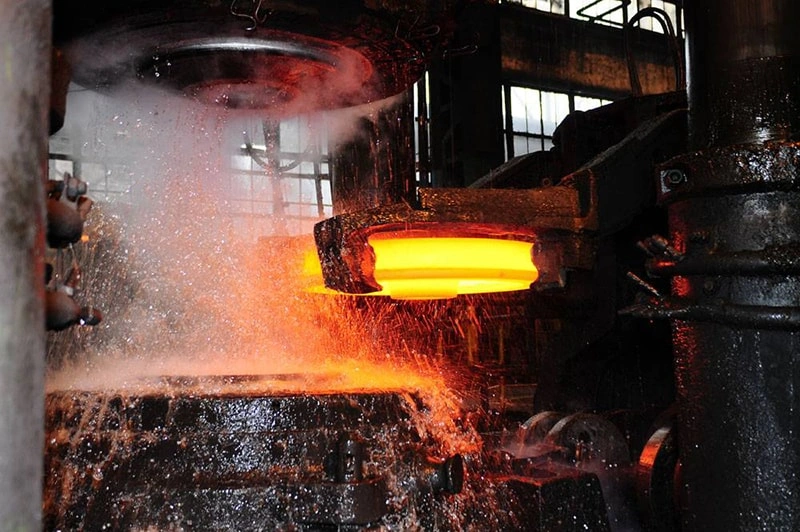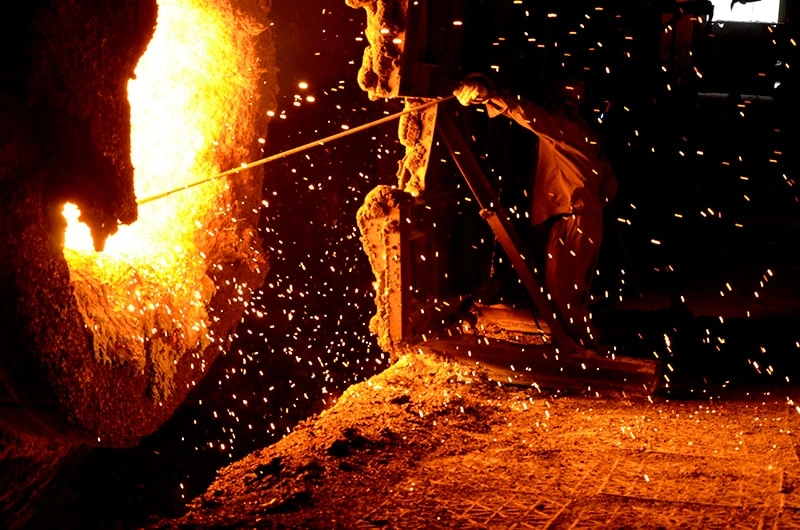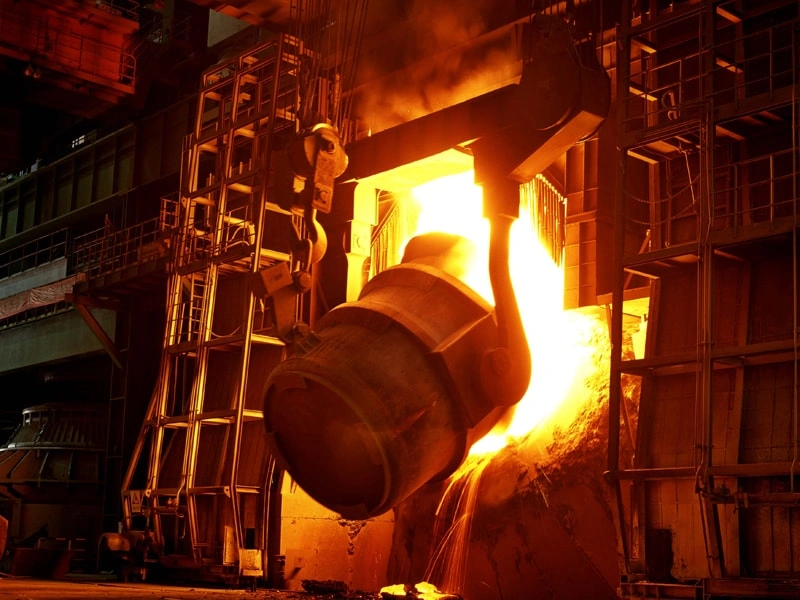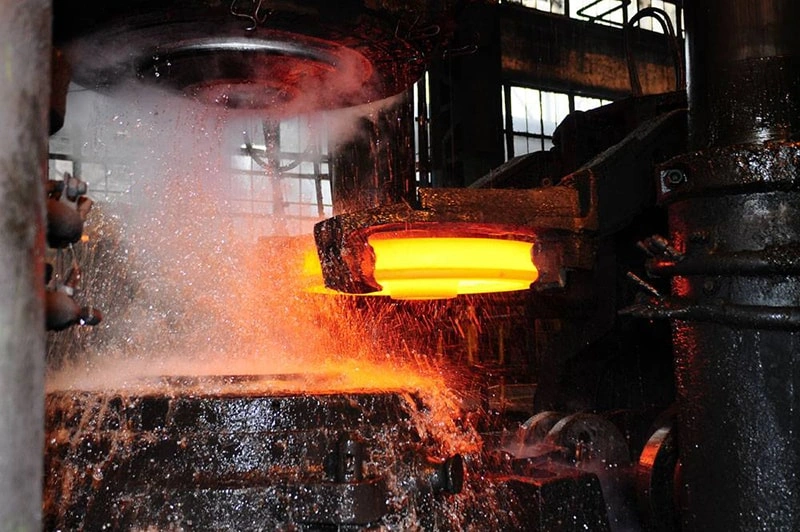Alumina bulk fiber : a revolutionary material in the high-temperature industrial field

Alumina bulk fiber, as a new type of high-temperature insulation material, is triggering a technological revolution in the field of industrial insulation.
This fiber material, mainly composed of alumina, has shown great application value in industrial production due to its excellent high temperature resistance and thermal insulation properties.
With the continuous advancement of industrial technology, traditional insulation materials are no longer able to meet the strict requirements of modern industry for high-temperature environments. The emergence of alumina fiber cotton is timely and brings a new solution to the industrial insulation field.

1、 The unique advantages of alumina bulk fiber
Alumina bulk fiber has significantly better performance characteristics than traditional insulation materials.
Its maximum operating temperature can reach 1600 ℃, and it can maintain stable physical and chemical properties even in high temperature environments.
The thermal conductivity of this material is extremely low, only 0.13W/(m · K) at 1000 ℃, which is more than 30% lower than traditional ceramic fibers.
Meanwhile, alumina bulk fiber has excellent thermal shock resistance and can withstand drastic temperature changes without causing structural damage.
Compared with traditional insulation materials, the service life of alumina fiber cotton is significantly extended.
Under the same operating conditions, its service life is 2-3 times that of ordinary ceramic fibers.
This material also has excellent chemical stability, can resist most acid-base corrosion, and performs well in harsh industrial environments.
The energy-saving effect of alumina bulk fiber is significant.
In industrial kiln applications, the use of alumina bulk fiber can reduce energy consumption by 20% -40%, significantly reduce heat loss, and improve energy utilization efficiency.
This energy-saving feature makes it an important material choice for industrial energy conservation and emission reduction.

2、 Industrial application of alumina bulk fiber
In the metallurgical industry, alumina bulk fiber is widely used in high-temperature furnace lining, thermal equipment insulation and other fields.
Its excellent high temperature resistance can effectively improve the working temperature of metallurgical equipment and enhance production efficiency.
In the process of steel continuous casting, using alumina bulk fiber as insulation material can significantly reduce the heat loss of molten steel and improve the quality of castings.
In the ceramic manufacturing industry, alumina bulk fiber quilts are used for key parts such as kiln lining and hot air duct insulation.
Its low heat capacity characteristic can achieve rapid temperature rise and fall, shorten the firing cycle, and improve production efficiency.
Meanwhile, the use of this material can significantly reduce the outer wall temperature of the kiln and improve the working environment.
In the aerospace field, alumina bulk fiber exhibits unique application value.
Its lightweight and high-strength characteristics make it an ideal insulation material for spacecraft, playing an important role in rocket engine insulation and spacecraft thermal protection systems.
The use of this material can effectively reduce the weight of spacecraft and increase the payload.

3、 Development prospects of alumina fiber cotton
With the advancement of material preparation technology, the performance of alumina bulk fiber will be further improved.
The application of nanotechnology is expected to further reduce its thermal conductivity and improve its temperature resistance.
The development of new preparation processes will reduce production costs and expand application scope.
The application prospects of alumina bulk fiber in the field of new energy are broad.
In solar thermal power generation systems, this material can be used as high-temperature heat storage

